As the UK goes through a flood-rich period, relying on historical weather data is no longer an option
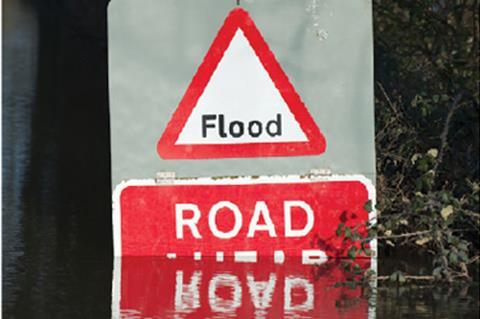
For many years, the construction industry relied on historical weather data to try and predict future floods. Nowadays the industry is a lot more proactive in its approach to flood risk, as it benefits from the many possibilities modern technology offers.
However, Giorgis Hadzilacos, divisional director at Willis Re, who is responsible for catastrophe analytics of the Europe West team, believes companies could make even better use of technology to help them prepare for a flood or storm event.
“There have been quite significant technological improvements in terms of flood forecasting and the ability to become aware of a storm event a few hours or days before it happens. However, I’m not sure if all companies have invested enough resources to benefit from such technological advances.”
He explains that only using very simple techniques to identify flood risk, like measuring distance to the river or whether the business has flooded in the last ten years, will not cut it.
“Companies need to use much more sophisticated tools, such as flood mapping and flood modelling, which would allow them to better quantify the exposure to risk that they have from all flood sources: rain, river or the sea, as well as groundwater flooding, sewage flooding or reservoir or canal breaching.”
Hadzilacos says the UK is probably going to see even more significant oscillation, variability and unpredictability of weather as time goes by, both in the flood-rich and the flood-poor periods. “So in terms of mitigating flood risk, it means that just looking at the past is not good enough to predict what will happen in the future.”
Kevin Morecroft, head of risk management at Skanska Civil Engineering, agrees that technological advances have benefited the industry. He notes that the industry has developed a greater focus on what data can be captured, what the quality of that data is and what companies can do to manage flood risk as best as possible.
“The quality of information is certainly going up and we’re using building information modelling (BIM) for all sorts of things now. When BIM first came around people would think it was 3D modelling, but it’s so much more than that. We use it to fly drones and to capture asset data, both topographical as well 2D.”
However, Morecroft believes the biggest impact on improved flood risk management comes from a shift towards a more proactive approach. “Whereas before construction has relied on a contingency figure of X%, now it’s more about what companies can do to eliminate the risk or mitigate it before we even get to site.”
The trend towards more collaborative forms of contracting has also played a part. “We’ve seen some very successful collaborative projects where in essence it operates as one organisation, being very fair to both the contractor side and the client side. These projects focus much more on spending time, effort and resource on mitigating flood risk rather than putting a contingency in,” Morecroft says.





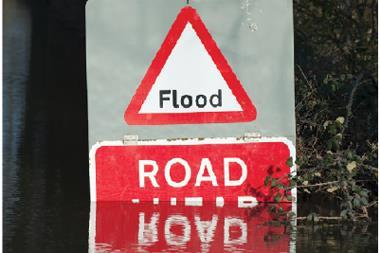
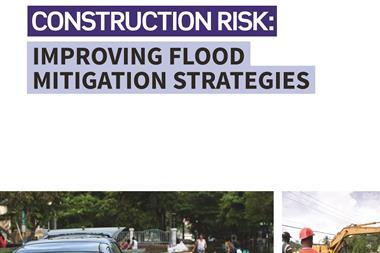
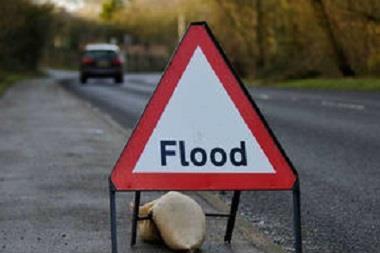
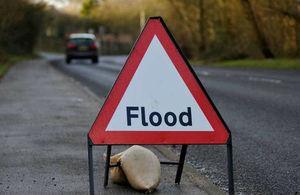











No comments yet